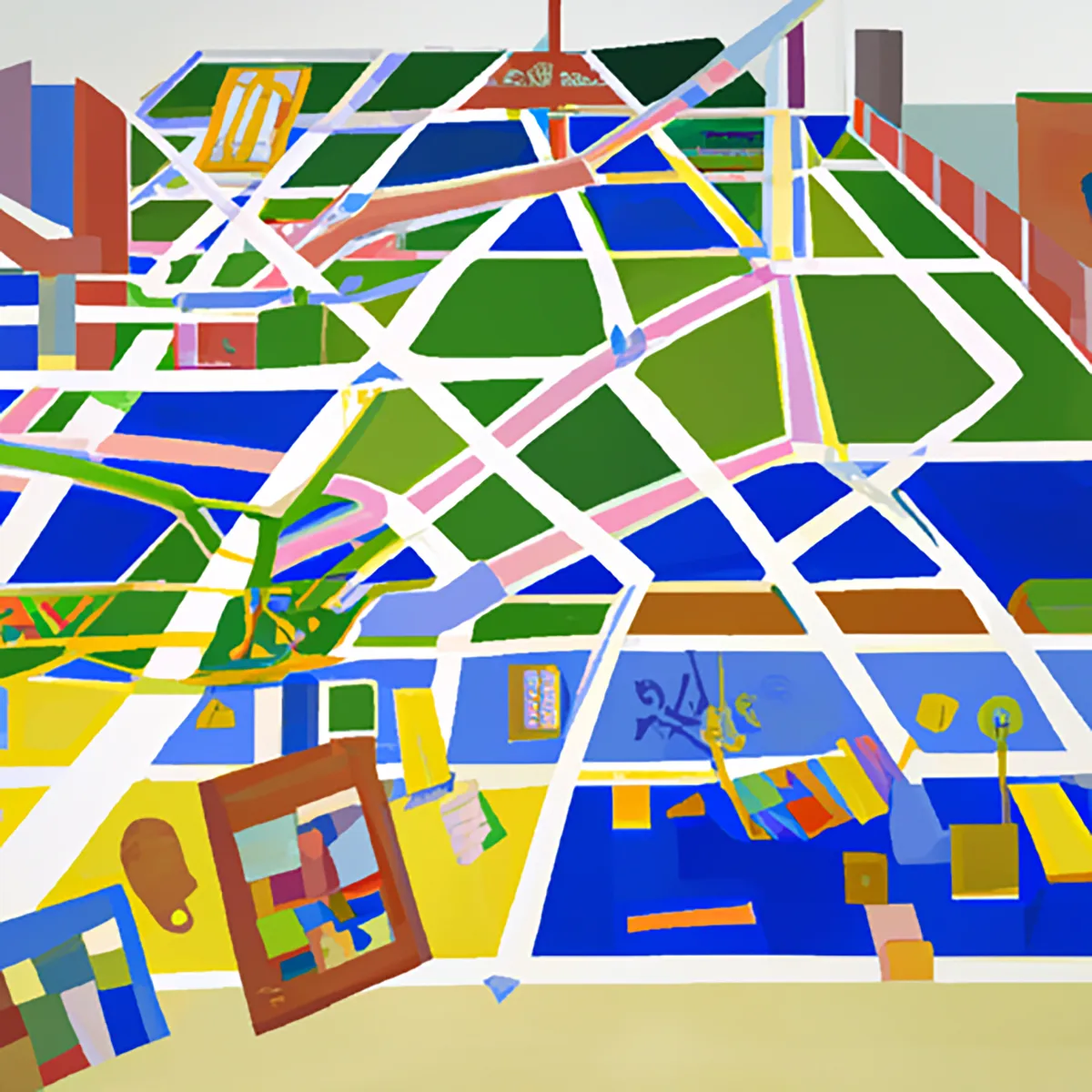Collaboration
Future Mapping
Future Map aims to establish a collective perspective on industry trends spanning the recent past, present, and future. During the workshop, attendees chart significant trends from the previous year, the current year, and the next three years. They subsequently analyze the map, detect patterns, and deliberate on the significance of various trends. This exercise facilitates discourse and deliberation on overarching themes such as society, technology, politics, and sustainability. The activity can be conducted both virtually and in-person.

Workshop steps
In-person: Prior to the workshop, prepare a long empty wall with a clear space in front of it. Use tape or flipcharts to divide the wall into five equal sections. Online: Utilize a digital whiteboard and establish 5 separate boards or areas. Label each section (or flipchart) using a bold marker, indicating the previous year, current year, and the next three years (e.g., 2020, 2021, 2022, 2023, 2024). You now have an empty timeline ready to be filled.
In-person: Provide each attendee with a marker and post-it notes. Gather the group to stand in a horseshoe formation facing the wall. Briefly explain the workshop's objective and share these guidelines: Together, we'll develop a collective vision for the future, considering the past and present. Individually, write down important "forces" (such as trends, technologies, political movements, behavioral changes, etc.) on post-it notes, one per note. Then, approach the wall, stick your note, and read it aloud for everyone to hear. Don't wait for your turn. Write and post your ideas as they come to you. Our goal is to cover the wall within the next 15 minutes. Avoid overthinking. The focus is on gathering a variety of influential factors on the wall.
Begin with the previous year and allot 3 minutes for participants to fill the area with sticky notes. Proceed to the current year, followed by each subsequent year. Help maintain a brisk pace and ensure everyone's involvement. If the speed seems slow, ask pertinent questions or offer ideas to motivate the group. Feel free to contribute your own suggestions to ignite the group's thought process.
Once the time is up, gather the group in front of the wall. Instruct them to examine the sticky notes on "the wall" and identify patterns and common themes for each year. If there's enough time, divide them into smaller teams and allocate 10 minutes for them to categorize the trends under each year and compile a summary of the main patterns. For online sessions, utilize breakout rooms.
Conduct a group reflection and engage in a conversation. Consider asking these straightforward questions: 1. What patterns can we identify in this timeline? 2. Which trends should I and we focus on and gain more knowledge about? 3. How do I perceive the past, present, and future? 4. What implications does this have for our team, company, industry, and my personal role?
Conclude the session by highlighting the main topics discussed during the conversation. Inquire from the group about their preferred method of recording their ideas and actions for future reference. End by encouraging every attendee to mention one valuable insight or action they will carry forward from the workshop.
Need help with this workshop?

